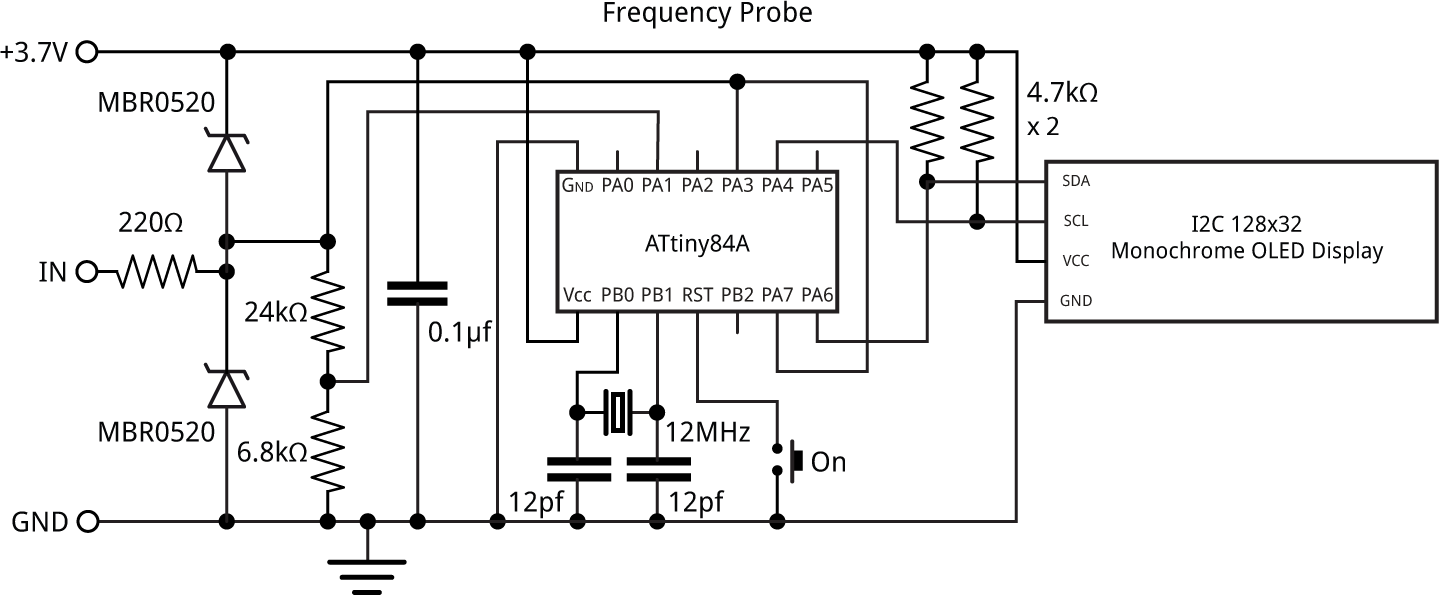

The concept of a radial can be somewhat confusing. VOR receivers sometimes have internal testing capability but major airports provide VOT equipment (VOR Testing), in which the VOT frequency is selected and the equipment tested.

The VOR receiver in the cockpit incorporates three functions: (1) the Omni Bearing Selector (OBS) which appears as a rotating azimuth dial which provides for bearing selection (2) the Course Deviation Indicator (CDI), which is a vertical needle that moves laterally along a row of dots, each dot representing two degrees the CDI can be centred by rotating the OBS when this is done the aircraft position on one of the VOR radials is indicated (3) the TO/FROM Indicator informs whether the aircraft bearing is “to” or “from” the VOR.īefore using a VOR, the instrument must be tuned and identified to confirm the identity of the VOR, the “indent” function is turned on (much like a VHF radio) and the VOR identifier (three letters) is transmitted in Morse Code, which the pilot can read from his chart. Radial information is derived from the difference in time between the two signals (which would be different for each radial) this computation is referred to as phase difference, and is displayed by the airborne equipment. The reference phase signal is transmitted every time the variable phase transmission sweeps past magnetic north. The variable phase transmits cyclically around the 360 degrees of the azimuth approximately 30 times per second. Both signals are transmitted 30 times per second. Two signals are transmitted from the ground station (above), the first is the non-directional reference phase, and the second is the rotating variable phase. On the ground, the transmitter looks like a Gemini space capsule. Transmission path is predictable, ground waves are rapidly attenuated, and sky waves rarely exist. Propagation is by line-of-sight (space waves), subject to modification by earth objects. The effectiveness of waves decreases with an increase in frequency, and sky waves become predominant. Primarily by ground wave transmission, although sky waves are used for longer distances. The following is a summary of propagation features: There are three ways by which the radiated signal of radio energy is propagated-ground, space and sky waves. The distance between the transmitter and the point at which the first sky wave returns to earth-this is dependent on variations in the height and density of the ionosphere, with significant changes in skip distance occurring at dawn and dusk. Space waves neither follow the curvature of the earth, nor bend around obstructions. Radio transmission energy that continues through the ionosphere (without reflection or refraction) into space. Sky waves will continue to reflect or refract between the earth’s surface and the ionosphere until complete attenuation occurs. Radio transmission energy that is reflected or refracted by the ionosphere. Radio transmission energy that travelling roughly follow (run parallel to) the earth’s surface and is subject to surface attenuation-the lower the frequency, the less the attenuation. Layers of ionized gas caused by solar radiation, located between 60 and 200 miles above the earth’s surface, and varies daily and with seasons and latitude. Attenuation is caused by the solid objects located on the earth’s surface, as well as molecules in the air such as water and dust. The loss of radio wave energy as it travels through a medium. The bending of a radio wave when it grazes the edge of a solid, impassable object. The bending of a radio wave as it passes from one medium to another or within a single medium with varied density.

Where reflection occurs, the angle of incidence equals the angle of reflection. The change in direction of travel of a radio wave that occurs when contact is made with the surface separating two different media. Radio waves have the same properties as light and heat waves, but are in lower frequency.

#LOCALIZER VS VOR FREQUENCIES FREE#
Radiated energy, which in free space travels in straight lines, and at the speed of light (186,000 miles per second). The number of cycles per second, expressed in three units- Kilohertz (KHz), which measures the number of cycles per second, Megahertz (MHz), which measures millions of cycles per second, and Gigahertz (GHz), which measure billions of cycles per second. The strength or width of one wave-the greater the distance from the transmitting site, the smaller this distance. The actual linear measurement, in metres, of one wave. The interval between any two points that measures the completion of a single wave movement. Students / Resources / Classroom / Commercial Pilot Groundschool /.


 0 kommentar(er)
0 kommentar(er)
